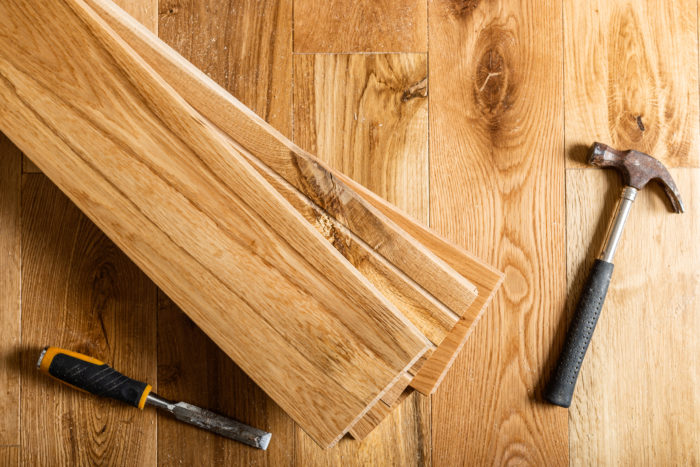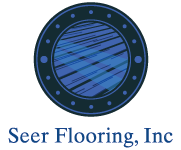 If you’re looking at any type of wood flooring – engineered wood, laminate or real hardwood – you should understand the terms you may read about or hear before making a purchase. Because many homeowners don’t, we decided to help with a mini blog series to help define and simplify these common flooring terms. Some terms refer to aesthetic features, while others indicate a difference in the flooring material itself. Whether you want to focus on the product or its function, you should choose what you want and need and understanding these terms will help.
If you’re looking at any type of wood flooring – engineered wood, laminate or real hardwood – you should understand the terms you may read about or hear before making a purchase. Because many homeowners don’t, we decided to help with a mini blog series to help define and simplify these common flooring terms. Some terms refer to aesthetic features, while others indicate a difference in the flooring material itself. Whether you want to focus on the product or its function, you should choose what you want and need and understanding these terms will help.
Wear Layer
Other than tile and hardwood, flooring materials have a wear layer. The wear layer is the top layer of your flooring. There are two common ways manufacturers measure the wear layer on various types of flooring: either with the term mil or the abbreviation mm. These are two different ways of saying the same thing. A mil means one-thousandth of an inch where mm means millimeter. The greater the wear layer, the more durable the flooring. When you choose engineered flooring, a thicker wear layer means you can refinish the flooring at least once. The best wear layer is 4mm or 157.48mil which can be refinished on engineered wood flooring several times.
Although laminate flooring has a wear layer too, it’s more commonly expressed as an Abrasion Class (AC) rating. The AC ratings are AC1 through AC5 with AC1-3 being what most homeowners use and AC4 and AC5 more appropriate for a commercial application. The wear layer of luxury vinyl tile, or LVT, can be conveyed through either an AC rating or with mm or mils. Neither can be refinished no matter the size of the wear layer.
Edges
There are two ways the side of the flooring material can be classified, and this is with either a square edge or a beveled edge. With square-edge flooring, the edges are cut at a 90-degree angle. Beveled edges are cut on an angle, almost like a ‘V’, although there are varying degrees of beveled edges, some more pronounced than others.
Square-edge flooring is the most popular option. It offers two distinct advantages; there is less space for dust or dirt to settle on your flooring, and it gives the most finished look. On the other hand, it’s most prone to damage during installation, and it costs more than a beveled edge.
By comparison, the beveled-edge flooring doesn’t fit together as tightly so you may find that dust settles in the ‘V’ created by the bevels. A subset of beveled edge flooring is called micro-bevel or eased edge. You’ll still have a groove between the boards; however, it’s much less than you’d see with a true bevel.
Seer Flooring offers many flooring options from reclaimed wood and real hardwood to engineered wood, laminate, LVT and tile. If you need new flooring for any room, call us for a free in-home consultation. We’re happy to answer any questions you may have about our flooring options, and we will guide you to the best option for your home and budget. Call (727) 469-7963 or fill out our contact form to schedule an appointment. Stay tuned for part two of this mini blog series.
